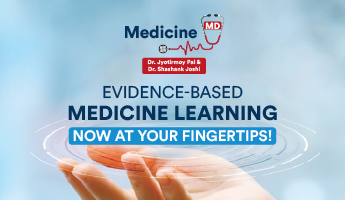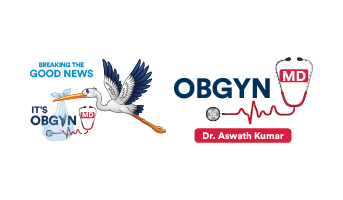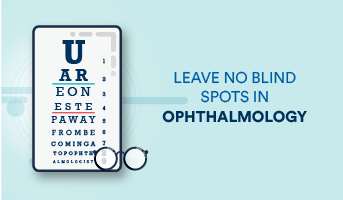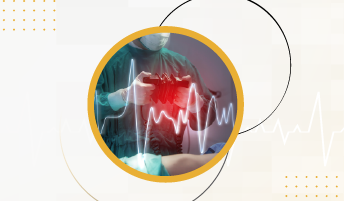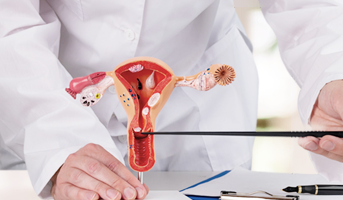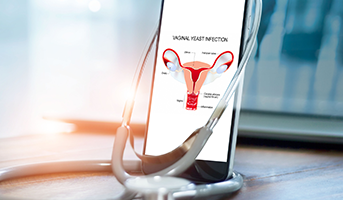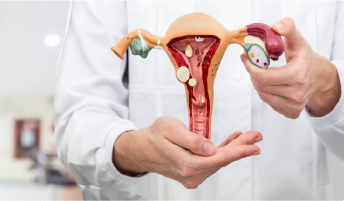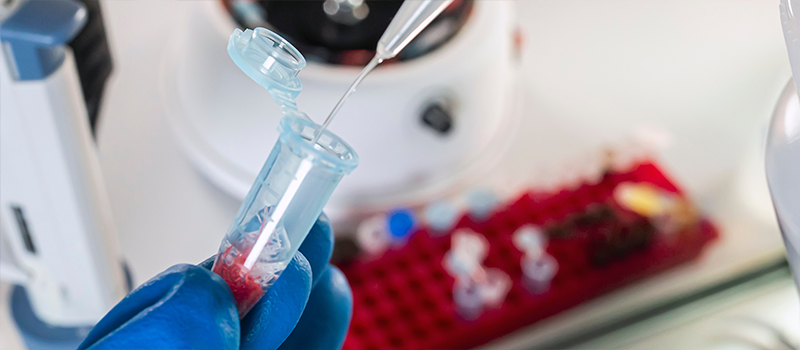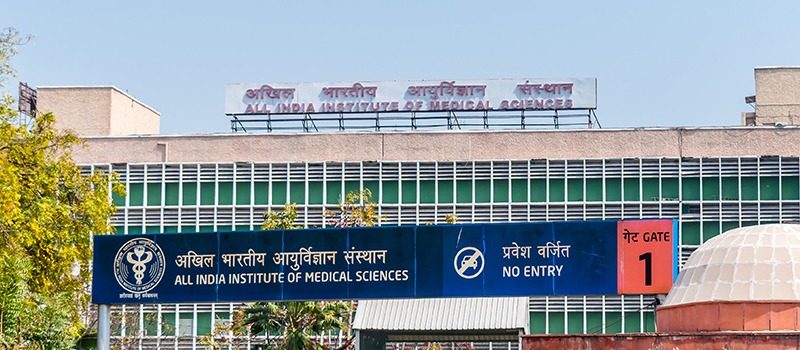

Best Books for MBBS 1st Year
Bachelor of Medicine, Bachelor of Surgery (MBBS) is an undergraduate degree in medicine. The course is of four and a half years, followed by one year of compulsory rotational internship. There are a total of 19 subjects in the MBBS curriculum.
There are three subjects in the first year of the MBBS, Anatomy, Biochemistry, and Physiology. There are numerous books available for the MBBS subjects but choosing the right set of books is highly important.
Here’s a list of recommended books for MBBS 1st year students:
Best Books of Anatomy for MBBS Students:
| Subject: Anatomy | Author | Description |
| Self-Assessment and Review of Anatomy | Rajesh K Kaushal |
|
| New Across: A Complete Review of Short Subjects | Saumya Shukla, Siddharth Dixit, Anurag Shukla & Khushi Shukla |
|
| Human Anatomy | BD Chaurasia, Krishna Garg |
|
| Gray’s Anatomy for Students | Raveendranath Veeramani, Sunil Jonathan Holla, Parkash Chand & Sunil Chumber |
|
| Cunningham’s Manual of Practical Anatomy | Rachel Koshi |
|
Best Books of Biochemistry for MBBS Students:
| Subject: Biochemistry | Author | Description |
| Self-Assessment and Review of Biochemistry | Rebecca James Perumcheril |
|
| Textbook Of Biochemistry for Medical Students | DM Vasudevan, Sreekumari S & Kannan Vaidyanathan |
|
| Biochemistry | U. Satyanarayana & U. Chakrapani |
|
| Lippincott Illustrated Reviews: Biochemistry (South Asian Edition) | Denise R. Ferrier SAE Editors: Ritu Singh, Rajeev Goyal |
|
| Harper’s Illustrated Biochemistry | Kathleen Botham, Peter J. Kennelly, Owen McGuinness, P. Anthony Weil, Peter Kennelly, Victor Rodwell | The book includes the following important topics:
|
Best Books of Physiology for MBBS Students:
| Subject: Physiology | Author | Description |
| Principles of Physiology | Debasis Pramanik |
|
| Review of Physiology | Soumen Manna |
|
| Crisp Complete Review of Integrated Systems Physiology | S Krishna Kumar |
|
| Guyton and Hall Textbook of Medical Physiology (South East Edition) | John E. Hall, Michael E. Hall
Adaption Editors: Mario Vaz, Anura Kurpad, Tony Raj
|
|
| Textbook of Physiology | A.K. Jain |
|
To get conceptual clarity on MBBS courses online, click here.
Related post
Related Courses
Cosmetic Botulinum Toxin Simplified
Dr Rasya Dixit , Dr Urmila Nischal , Dr K. C Nisch...
Critical Care Simplified
Dr Yatin Mehta , Dr Subhal Dixit , Dr Kapil G. Zir...
Advance Course in Ultrasound and Infertility
Dr Sonal Panchal , Dr Chaitanya Nagori
Ganga Videos on Spine Surgery
Prof Rajasekaran Shanmuganathan , Dr Ajoy Prasad S...

